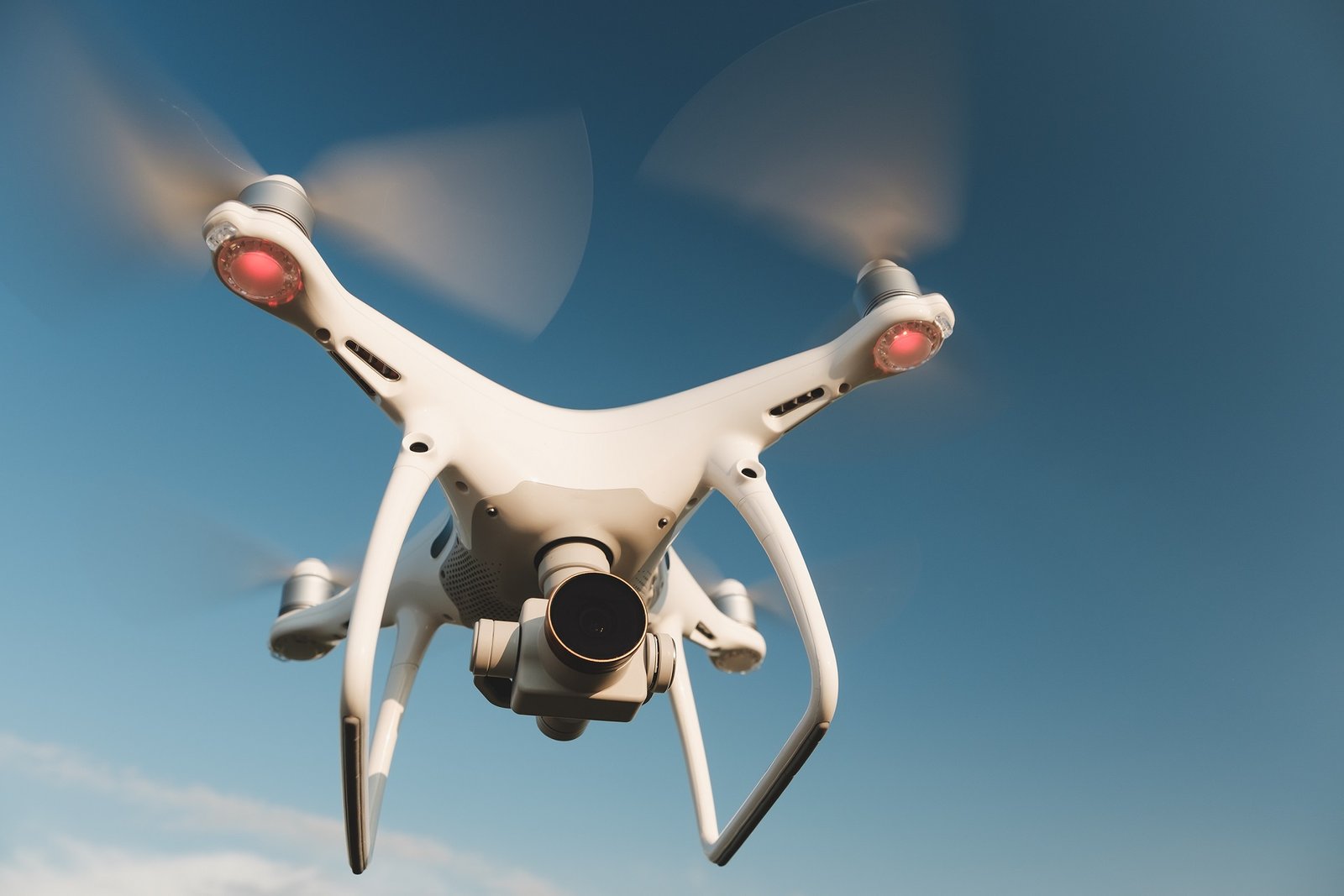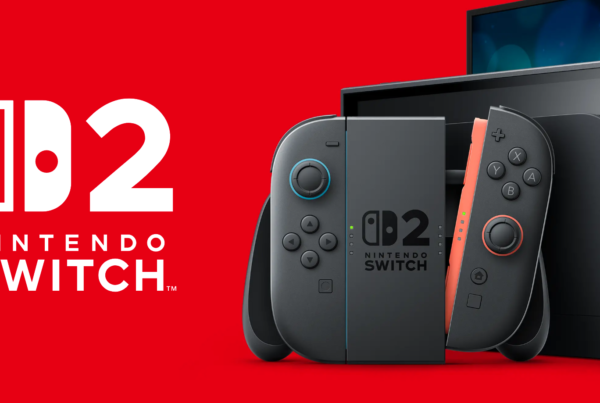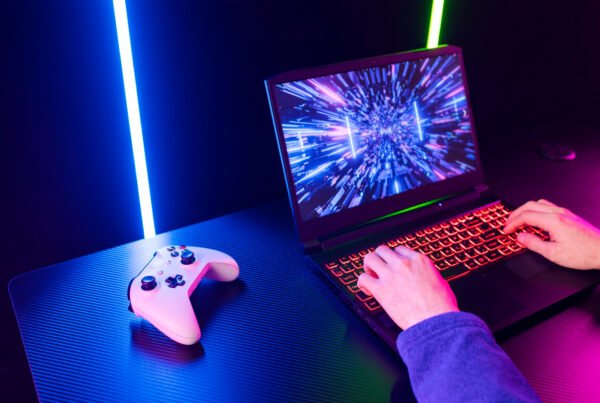The best drone 2025: For Photos and Video
Short-form content’s growing popularity, coupled with advancements in regulations and technology, has propelled drone cameras into the mainstream. Initially limited to a handful of premium brands, the Indian market now hosts a diverse range of international and domestic players. While not all global manufacturers operate in India, many locally available drones deliver exceptional performance, catering to various needs. From traditional camera drones to FPV kits, the options are plentiful. Over time, improved drone camera quality has made stunning aerial shots a staple in content creation. If you’re eager to explore aerial photography or videography, here are some of the top camera drones available in India.
Best by use-case
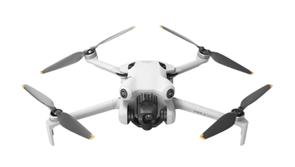
DJI Mini 4 Pro
Best Drone for Instagram Reels and TikTok Videos
![]()
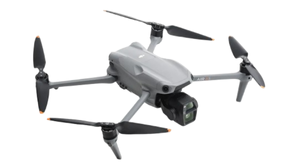
DJI Air 3
The best drone for aerial photos and videos
![]()
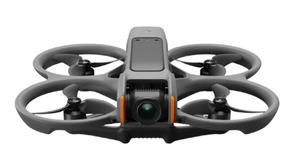
DJI Avata 2
Best FPV drone for first-person flying
![]()
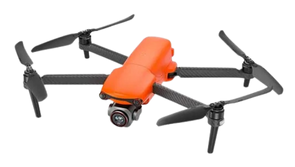
DJI Mini 3 Pro
The Best Drone DJI Mini 3 Pro for Videos
![]()
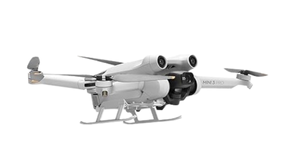
DJI Mini 3 Pro
The Best Drone DJI Mini 3 Pro for Videos
![]()
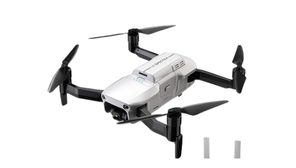
IZI Spectra Drone
The IZI Spectra Drone 4K Camera Drone
![]()
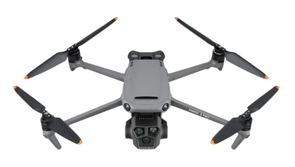
DJI Mavic 3 Pro
Best drone for serious photographers
![]()
The Best Drone 2025
Why you can trust Neu Deals We dedicate hours to testing each product or service we review, ensuring you make the best purchase.
Here are detailed reviews for each top drone on our list. We’ve thoroughly tested them, ensuring you can trust our recommendations.
1. DJI Mini 4 Pro
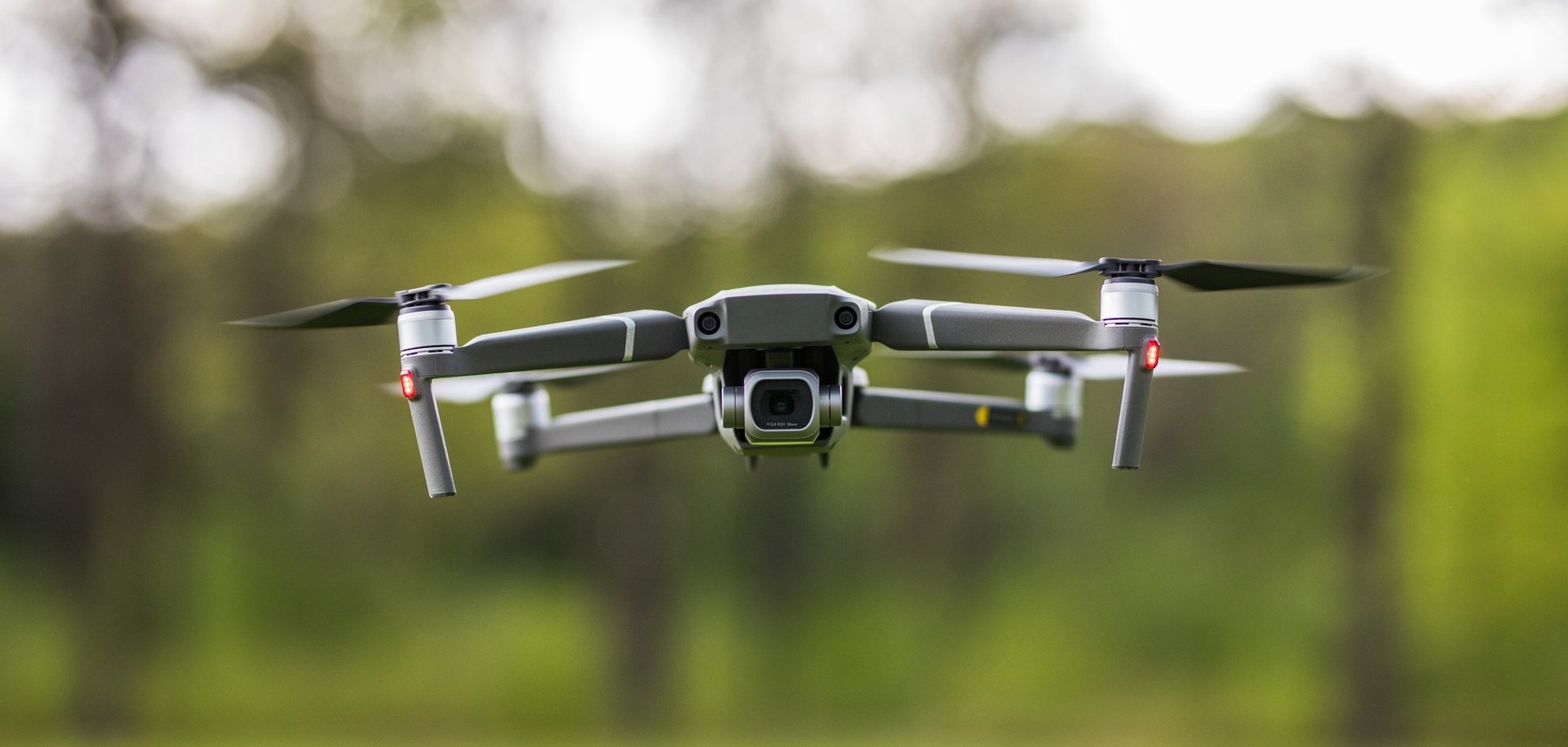
Best Drone for Instagram Reels and TikTok Videos
Pros:
- The DJI Mini 4 Pro offers impressive 4K video at 60fps and 48MP stills, delivering excellent image quality.
- Enhanced obstacle avoidance sensors provide safer, more reliable flight in complex environments.
Cons:
- Its lightweight design makes it less stable in strong winds, impacting performance in harsh weather.
- The camera lacks full 360° rotation, limiting shooting flexibility for certain angles.
While the DJI Air 2s and Mavic 3 deliver exceptional aerial image quality, they fall short when it comes to capturing footage in portrait orientation. For those planning to create content for platforms like TikTok or Instagram Reels, this means you’ll have to crop your video, sacrificing resolution and making composition more challenging during shoots.
The Mini 3 Pro eliminates this issue. With a simple tap, its camera flips into portrait mode, allowing you to capture content in full 4K resolution using the entire sensor. It supports video at up to 60 frames per second and takes stunning 48-megapixel stills in DNG format.
Its compact, foldable design makes it slightly larger than a standard can of Coke, yet it’s packed with sensors to help prevent collisions with obstacles. However, due to its small size and lightweight (249g), it can struggle in strong winds, which may reduce flight times in blustery conditions.
2. DJI Air 3
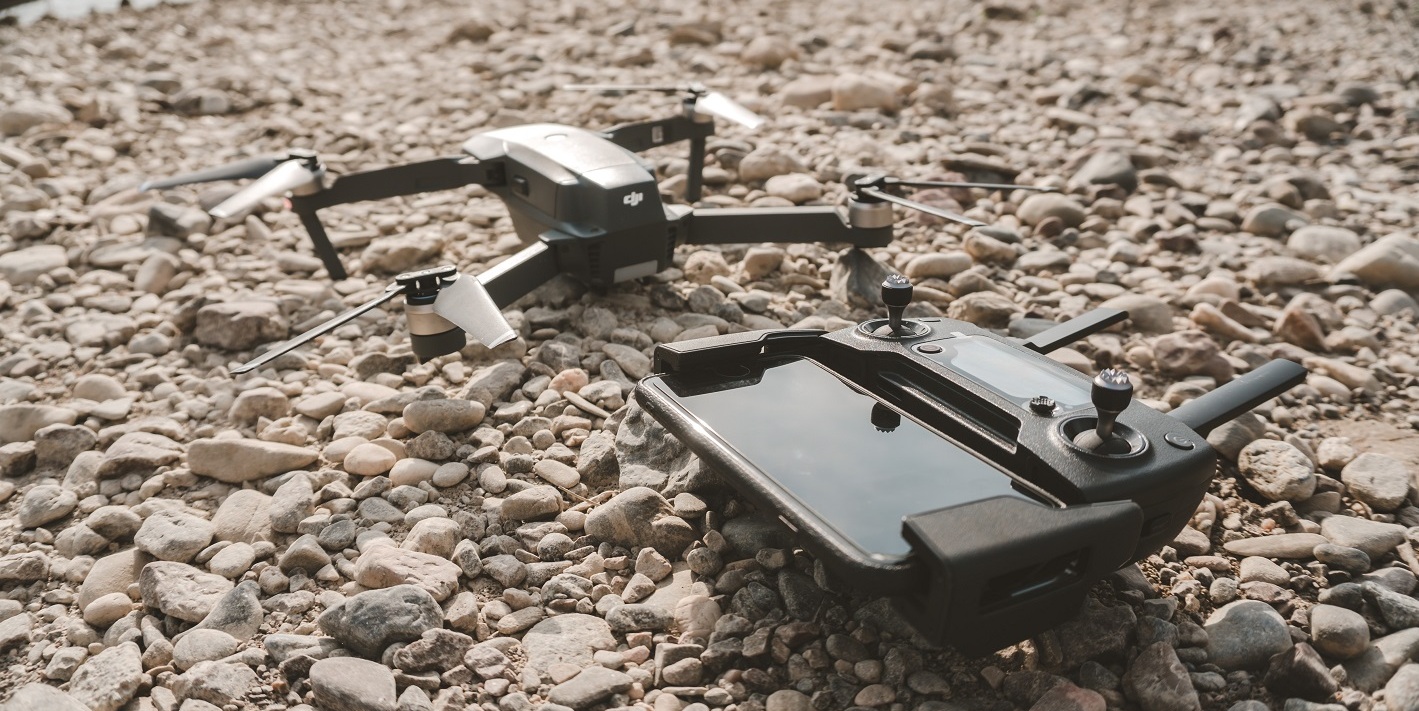
The best drone for aerial photos and videos
Pros:
- Dual-camera system with wide and telephoto lenses provides versatile shooting options for creative content.
- Extended flight time of up to 46 minutes allows for longer aerial sessions without frequent recharging.
Cons:
- Heavier build compared to compact models may reduce portability for casual users.
- Higher price point makes it less accessible for beginners or budget-conscious buyers.
The DJI Air 3 is beginner-friendly, boasts an impressive 46-minute battery life, and features a dual-camera system, offering greater versatility and more creative shot options compared to its predecessor. Opting for the DJI Air 3 Fly More Combo is highly recommended, as it includes the DJI RC 2 controller with a built-in screen—a significant upgrade over the standard controller that relies on your phone for live view.
With omnidirectional obstacle sensing, including side detection, the Air 3 provides enhanced safety and usability. Its improved ActiveTrack feature allows the drone to autonomously follow and film a subject while skillfully avoiding obstacles, making it ideal for dynamic shooting scenarios.
The drone maintains steady positioning even in moderate winds, ensuring smooth cinematography. Compact and portable, the Air 3 measures 8 x 3.5 x 3.25 inches when folded and weighs about 1.5 pounds, fitting comfortably into most standard backpacks for easy transport.
3. DJI Avata 2
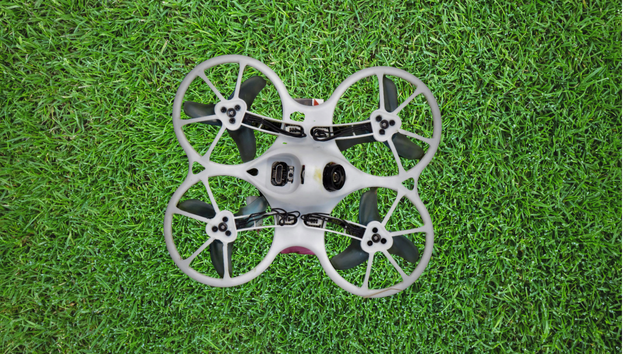
Best FPV drone for first-person flying
Pros:
- Compact and durable design paired with 4K video at 100fps offers thrilling, high-quality first-person footage.
- Speeds of up to 27 m/s and intuitive controls make it ideal for dynamic and agile flight experiences.
Cons:
- Limited 20-minute battery life may require frequent recharging for extended sessions.
- Advanced manual mode requires an additional FPV Remote Controller 3, adding to the cost.
All our drone picks can capture stunning, high-resolution aerial footage, but the DJI Avata 2 stands out by prioritizing speed and agility over smooth cinematic shots, delivering an exhilarating, onboard experience with every flight.
This compact, dynamic drone—DJI’s third-generation first-person-view (FPV) model—makes the FPV format more accessible and practical than ever. It features a 1/1.3-inch sensor capable of shooting 4K video at up to 100 fps, powerful motors that reach speeds of 27 meters per second (compared to 21 meters per second for the Air 3 and Mavic 3 Pro), and a durable plastic shell designed to withstand impacts, whether it’s a tree or a wall.
The recommended Fly More Combo includes an updated headset, three batteries offering around 20 minutes of flight time each, and a compact version of the motion controller first introduced with the original DJI FPV drone. This controller simplifies flying for beginners, but for those seeking to master the advanced manual mode, DJI’s FPV Remote Controller 3 is a must-have accessory.
4. DJI Mini 3 Pro
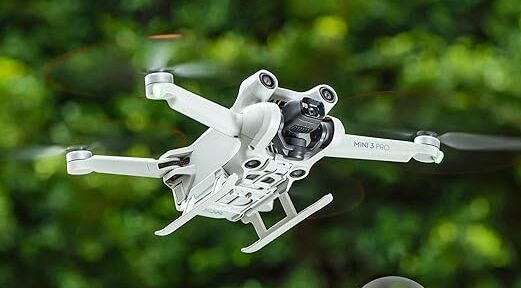
The Best Drone DJI Mini 3 Pro for Videos
Pros:
- Camera rotates to shoot true vertical video for TikTok or Instagram, compact size
- Compact, lightweight design with portrait shooting mode and 4K/60fps capability, perfect for social media content.
Cons:
- Small size is more susceptible to strong winds
- Lightweight build struggles in strong winds, reducing stability and flight time.
While DJI’s Air 2s and Mavic 3 deliver stunning aerial image quality, they fall short for social media creators by lacking a portrait shooting mode. To adapt footage for platforms like TikTok or Instagram Reels, you’d need to crop the video down the middle, sacrificing resolution and making on-location composition more challenging.
The Mini 3 Pro solves this problem effortlessly. With a simple tap on the screen, its camera flips into portrait orientation, enabling you to capture content optimized for social media at the sensor’s full 4K resolution. You can record videos at up to 60 frames per second and capture high-quality stills in DNG format with a remarkable 48-megapixel resolution.
Designed with portability in mind, the Mini 3 Pro folds down to a compact size—just slightly larger than a standard soda can. Despite its small stature, it’s equipped with advanced sensors to help avoid obstacles like trees. However, its lightweight 249g design makes it more susceptible to strong winds, which can reduce flight times in blustery conditions.
For creators prioritizing versatility, portability, and high-quality social content, the Mini 3 Pro is an ideal choice.
5. IZI Spectra Drone
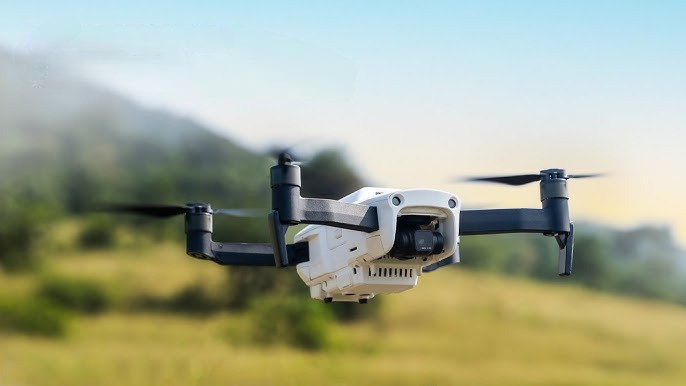
The IZI Spectra Drone with 4k Camera
Pros:
- Advanced imaging system with high-resolution camera and versatile shooting modes.
- Compact, foldable design for easy portability and storage.
Cons:
- Limited battery life compared to competitors, reducing flight duration.
- Lacks obstacle avoidance in certain directions, increasing collision risk in complex environments.
The IZI Spectra Drone is a high-performance aerial device designed for enthusiasts and professionals seeking advanced imaging capabilities. Equipped with a 1-inch CMOS sensor, it captures 4K HDR videos and 20MP photos, ensuring exceptional image quality across various lighting conditions.
- Advanced Imaging: The 1-inch CMOS sensor delivers high-resolution visuals, complemented by a 6x digital zoom and a 90° field of view, allowing for versatile shooting angles.
- Extended Flight Time: With dual 5000mAh batteries, the IZI Spectra offers up to 102 minutes of flight time, enabling longer aerial sessions.
- Obstacle Avoidance: The Tri-Detect Obstacle Sensing system provides front, rear, and downward sensors, enhancing flight safety by detecting and avoiding obstacles.
- Night Vision Mode: This feature allows for clear imaging in low-light environments, expanding creative possibilities during dawn, dusk, or nighttime operations.
- Long-Range Connectivity: The drone supports a flight range of up to 22 kilometers, with stable 100Mbps video transmission, facilitating extensive coverage for various projects.
- Multiple Flight Modes: Includes Follow Me, Active Track, Orbit Mode, Hyperlapse, and Waypoint Mission Planning, offering diverse options for dynamic and creative aerial shots.
- Storage Options: Comes with 8GB of built-in storage, expandable up to 128GB via a Class 10, UHS-I SD card, accommodating extensive footage needs.
6. DJI Mavic 3 Pro

The Best drone for serious photographers
Pros:
- Superb image quality, superb flight times, relatively compact size
- Three useful cameras
- Solid safety features
Cons:
- Higher price puts it out of reach for many
- C2 European rating
- Not everyone will need three cameras
The Mavic 3 Pro earned Awards 2023 for Best Camera Product, and for good reason. It’s the first consumer drone with three cameras, making it a top choice for aerial photographers and filmmakers seeking unmatched versatility. Its primary 20MP Four Thirds sensor, shared with the Mavic 3 Classic, delivers exceptional image quality with an adjustable aperture and pro-level video capabilities. Additionally, its 3x and 7x telephoto cameras provide impressive image quality for those needing extra reach beyond the main 24mm focal length.
Despite its professional-grade features, the Mavic 3 Pro remains easy to fly, even in windy conditions, thanks to intuitive controls and robust safety features. However, its placement in the restrictive C2 European drone category due to its weight and its premium price make it less ideal for beginners. That said, it’s a more affordable and portable alternative to the Inspire 3, offering unmatched versatility for professionals.
What Makes the Best Drone in 2025?
When searching for the best drone in 2025, it’s essential to consider what features truly matter for your needs. Are you a photographer, content creator, or just a hobbyist looking for top performance? The best drones today combine advanced camera systems, intelligent flight features, and user-friendly controls to deliver stunning aerial footage and reliable performance.
How to Choose the Best Drone for You
Selecting the best drone depends on your priorities:
- Camera Quality: Look for drones with large sensors, high megapixel counts, and advanced video capabilities. The DJI Air 3S, for example, features a dual camera system (50MP wide-angle and 48MP telephoto) and supports 4K/120fps video for cinematic results.
- Flight Time: Longer battery life means more time in the air. Top models like the Air 3S offer up to 45 minutes per charge.
- Portability: Compact drones such as the DJI Mini 4 Pro are lightweight, foldable, and easy to carry—ideal for travelers and beginners.
- Obstacle Avoidance: Advanced obstacle detection and avoidance systems make flying safer and more accessible for all skill levels.
- Ease of Use: Intuitive controls, smart tracking, and automated flight modes help beginners capture professional-looking footage without a steep learning curve.
- Budget: There are excellent drones available at various price points, from entry-level options like the DJI Neo to mid-range and professional models.

